Colic is a common condition in horses. However, colic itself is not a disease, but a collective term for symptoms associated with pain in the abdominal cavity of horses. Symptoms of colic include frequent rolling, pawing with front legs, examining the abdomen, and loss of appetite. Colic can have a variety of causes in horses. The main cause of colic is drinking water and feeding. Another major cause of colic in horses is worm infestation. To avoid a serious problem, it's important to contact a veterinarian immediately if you suspect a horse has colic.
What types of colic are there?
Different types of colic can be distinguished. The most common forms are:
-
Flatulence colic,
-
Cramps, colic,
-
Sand colic,
-
Colic due to blockage in the intestines,
-
Colic due to changes in the position of the bowel.
Gas colic
Gas colic occurs when gas builds up in the intestines. This is partly due to too much gas in the colon. This can be caused by the horse taking in too many sugars that cannot be digested in the small intestine and then end up in the large intestine. These are broken down in the colon, forming gas.
This form of colic occurs mainly in spring and autumn. At this time, there are many sugars, including fructans, in the grass. When the horse ingests these, they enter the large intestine.
If the horse is fed too much concentrate, the sugars in the concentrate cannot all be broken down by the small intestine and end up in the large intestine. If a horse is fed a normal amount of concentrate daily, it is unlikely to be the cause of colic. However, if a horse escapes and/or is otherwise given unrestricted access to concentrates, for example, this can cause problems.
Partial or complete blockage of the colon can also occur. This is often caused by a torsion or blockage of the bowel.
Cramps and colic
This form of colic is caused by spasms in all or part of the intestine. One cause can be that the horse has eaten something wrong, which disturbs digestion and produces substances that cause the intestines to cramp. There are also several factors that can trigger spasmodic colic, such as changes in posture. This may include changes in feed, housing, or a different training schedule. A worm infection can also sometimes lead to cramping colic.
Sand colic
Sand colic occurs when horses stand in bare pastures or in a sandy paddock. Since the grass is often short in autumn, the horses often pull the grass out of the ground by the roots. It can also happen that a horse eats sand because it suffers from a mineral deficiency, then horses often dig or lick a certain color of soil. This mineral deficiency is easily remedied by licking.
The sand ingested by the horse gradually accumulates in the intestines. This sand damages the inside of the intestines and mucous membranes, causing irritation. Combined with the weight of the sand, this leads to sand colic.
If you suspect the horse is eating sand, you can treat the horse with a remedy that removes sand from the intestines or improves intestinal hygiene.
Constipation of the intestine
The horse's digestive tract has a number of narrowings where the flow of feed often gets stuck. This type of colic often occurs when the horse has ingested too much straw, coarse hay/silage or other bedding. Constipation can also occur after primary dehydration in the horse, which can be caused by a clogged or frozen water trough. The intestinal contents can then no longer flow smoothly through the constrictions because too much fluid is withdrawn from them. Constipation can also occur due to dental problems. If the horse cannot chew its roughage sufficiently or properly, it is more likely to become constipated.
Colic due to changes in the intestine
The vast majority of intestines are "loose" in the horse's intestines. Therefore, it is possible for parts of the bowel to become tangled, also known as supine change. Symptoms can range from mild to very severe, but treatment is almost always needed to correct the underlying cause. Changing couches often leads to severe colic. Symptoms include frequent dropping, tipping over, panicking, and horses self-harming. Sometimes it even happens that a small part of the stomach contents comes out through the nose, often the horse also looks bloated.
What to do if you have colic
It is important to call a veterinarian in good time. If you don't recognize or treat colic in time, it can be fatal.
While waiting for the vet, it is advisable to walk the horse by the hand whenever possible. In the case of severe colic attacks, however, this is often not possible. In such cases, it is best to let the horse lie down or roll over. However, care must be taken to ensure that the horse is not trapped.
It is important to note if the colic has been more common and what has triggered it; these are the things the vet will want to know upon arrival. This will also help in finding the cause. Before the vet arrives, it can often be helpful if you have already taken the horse's temperature. You can do that with a thermometer. Because colic is often accompanied by fever. If you take your horse's temperature, the vet can better assess the seriousness of the situation.
How to prevent colic?
It is important to avoid sudden changes in ration or exercise. In addition, (too) large amounts of concentrated feed should be avoided. Therefore, the portions should be distributed throughout the day. In addition, you should always pay attention to the quality of the feed. Spoiled hay or silage can also trigger colic.
It is also important that the horse does not get bored or hungry. For digestion, a horse should have unlimited access to (coarse) roughage. If the horse also receives high-fiber feed, this prevents sand eating in the paddock or excessive straw eating in the stable. You can also feed the roughage in a hay net so that the horse can eat longer and there is no sand between the roughage.
It can also be useful to feed the horse some flaxseed oil daily. Linseed oil has a slightly laxative effect that supports the intestinal passage.
In addition to feeding, it is important that the horse has sufficient drinking water available. If the horse has enough drinking water available but is not drinking enough, you can add electrolytes for horses or salt to the drinking water. On the one hand, this is advantageous because the salt makes the horse thirstier and hopefully it will drink more. On the other hand, it ensures additional electrolyte absorption.
This text was translated by a translation machine
 Horse Pharmacy
Horse Pharmacy Rugs
Rugs Care
Care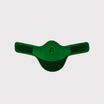 Saddle and Attachments
Saddle and Attachments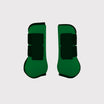 Leg Protection
Leg Protection Bridles
Bridles Feed
Feed Fly Masks
Fly Masks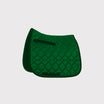 Saddle Pads
Saddle Pads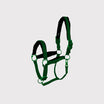 Headcollars and Ropes
Headcollars and Ropes Bits
Bits Other Disciplines
Other Disciplines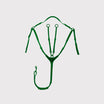 Reins and Auxiliary Reins
Reins and Auxiliary Reins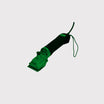 Clipping
Clipping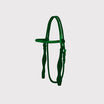 Western
Western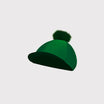 Eventing
Eventing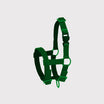 Foals
Foals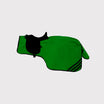 Reflection
Reflection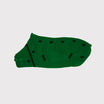 Therapy Products
Therapy Products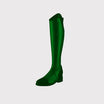 Boots and Shoes
Boots and Shoes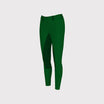 Breeches and Belts
Breeches and Belts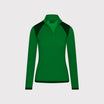 Tops
Tops Safety
Safety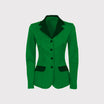 Competition
Competition Heated Clothing
Heated Clothing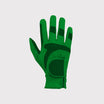 Gloves
Gloves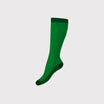 Socks
Socks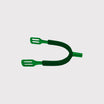 Spurs and Attachments
Spurs and Attachments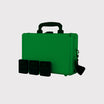 Technology
Technology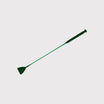 Whips
Whips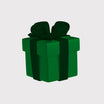 Gifts
Gifts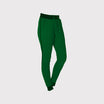 Casual Wear
Casual Wear Underwear
Underwear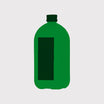 Rider Pharmacy
Rider Pharmacy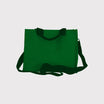 Bags
Bags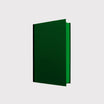 Books
Books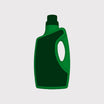 Laundry supplies
Laundry supplies Jewelry
Jewelry Feed and Waterbowls
Feed and Waterbowls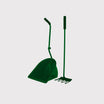 Equipment
Equipment Tack Room
Tack Room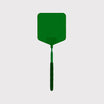 Pest Control
Pest Control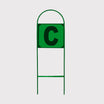 Arena
Arena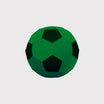 Horse Toys
Horse Toys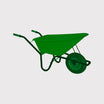 Wheelbarrows
Wheelbarrows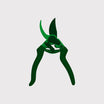 Yard
Yard Surveillance
Surveillance Disinfect
Disinfect Washing Area
Washing Area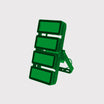 Lighting
Lighting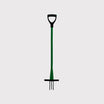 Horse Pasture
Horse Pasture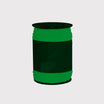 Current Conductors
Current Conductors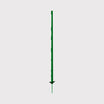 Pole
Pole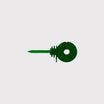 Insulators
Insulators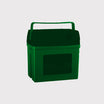 Energisers
Energisers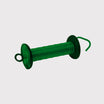 Gate Handles
Gate Handles Batteries and Accumulator
Batteries and Accumulator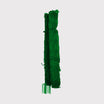 Nets
Nets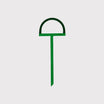 Grounding
Grounding Tools
Tools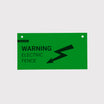 Fencing Security
Fencing Security Wolf Defense
Wolf Defense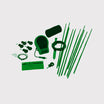 Fencing Sets
Fencing Sets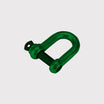 Fence locks
Fence locks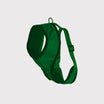 Dogs
Dogs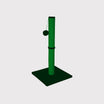 Cats
Cats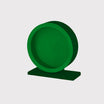 Rodents
Rodents Dogs Pharmacy
Dogs Pharmacy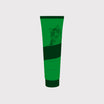 Cats Pharmacy
Cats Pharmacy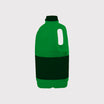 Rodents Pharmacy
Rodents Pharmacy Cattle Pharmacy
Cattle Pharmacy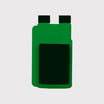 Poultry Pharmacy
Poultry Pharmacy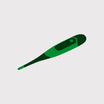 Veterinary Supplies
Veterinary Supplies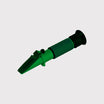 Cattle
Cattle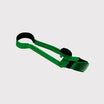 Sheep and Goats
Sheep and Goats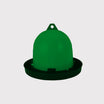 Poultry
Poultry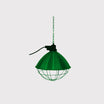 Heat Lamps
Heat Lamps Calves
Calves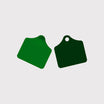 Marking
Marking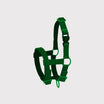 Halters
Halters